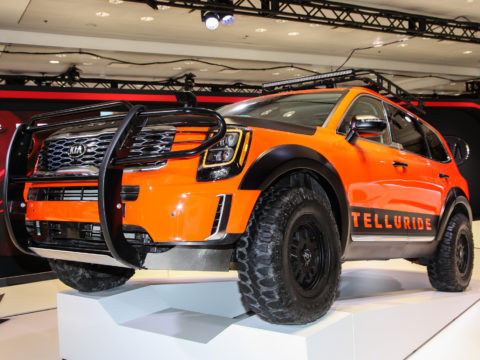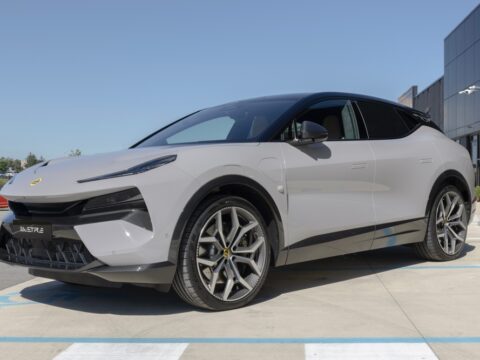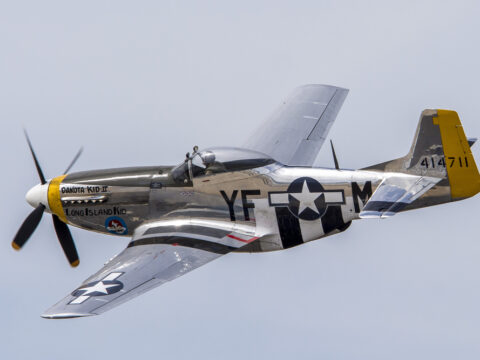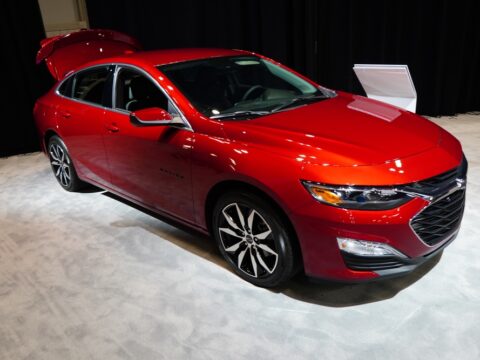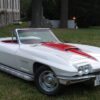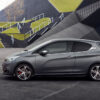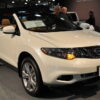Art Nouveau, known for its flowing lines and organic shapes, left a lasting mark on many aspects of design, including the early automotive industry. As car manufacturers sought to blend artistry with innovation, they drew inspiration from this decorative style. From elegant curves to intricate detailing, the influence of Art Nouveau helped shape the aesthetic of some of the first cars ever built. Here are 20 key ways this movement influenced early automotive design.
Contents
Curved Lines and Organic Forms

Art Nouveau’s signature use of flowing, curved lines and organic forms greatly influenced early car designs. Automakers incorporated these features into the bodywork, creating smooth, rounded edges reminiscent of nature. This style was a distinct departure from the rigid, mechanical appearance of earlier industrial designs. Designers aimed to give vehicles a sense of movement and fluidity, even when parked, mirroring the natural world.
Floral Motifs
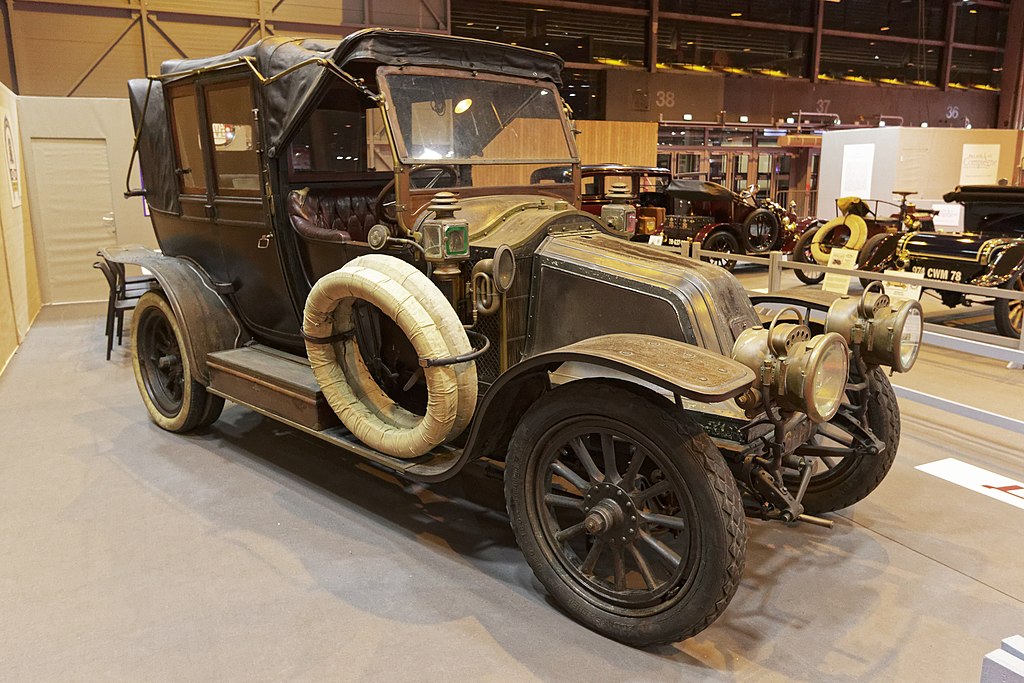
Floral motifs, a hallmark of Art Nouveau, became popular in the detailing of early automobiles. These intricate designs were often seen on grills, hubcaps, and other decorative features. The organic shapes softened the mechanical appearance of the car, creating a more harmonious blend of form and function. By adding such artistic touches, automakers made vehicles that were as much an aesthetic pleasure as they were a functional machine.
Handcrafted Detailing
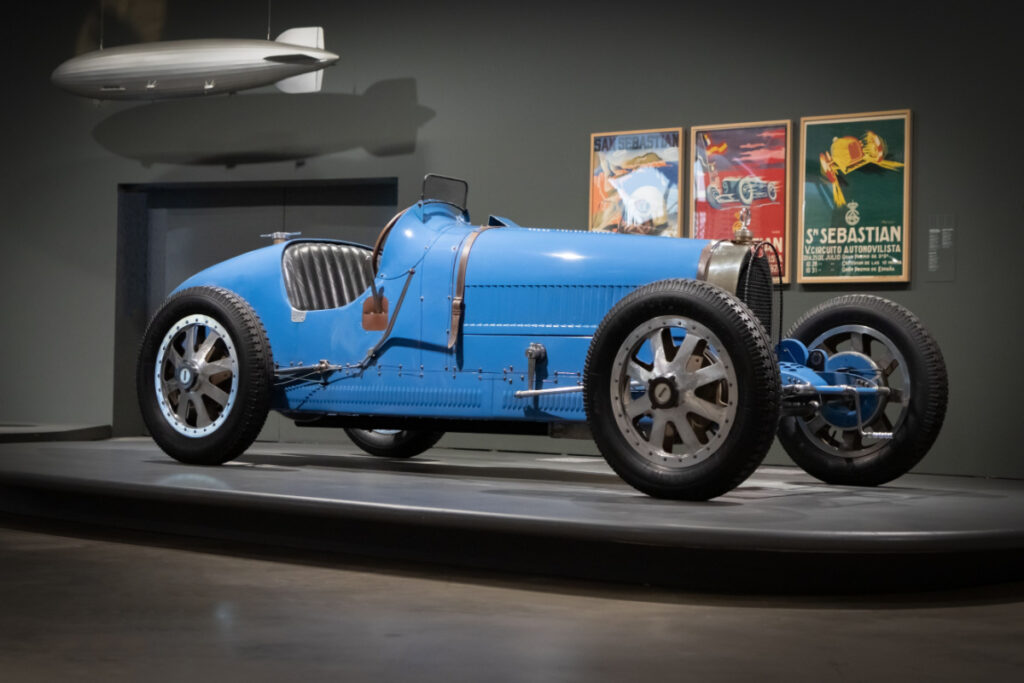
Art Nouveau placed great emphasis on handcrafted elements, and this influence carried over to early automotive design. Luxurious car brands such as Bugatti and Rolls-Royce incorporated hand-carved wood, intricate metal accents, and bespoke leatherwork into their interiors. These features were not just decorative; they showcased the artistry and craftsmanship that went into every vehicle. In many ways, early cars were seen as both functional machines and works of art.
Exaggerated Ornamentation

The elaborate ornamentation characteristic of Art Nouveau found its way into the details of early automobiles. Hood ornaments, door handles, and even radiator caps were often designed with exaggerated elegance. Figures, animals, and flowing abstract shapes reflected nature’s beauty and gave cars a refined, artistic appearance.
Elongated Silhouettes
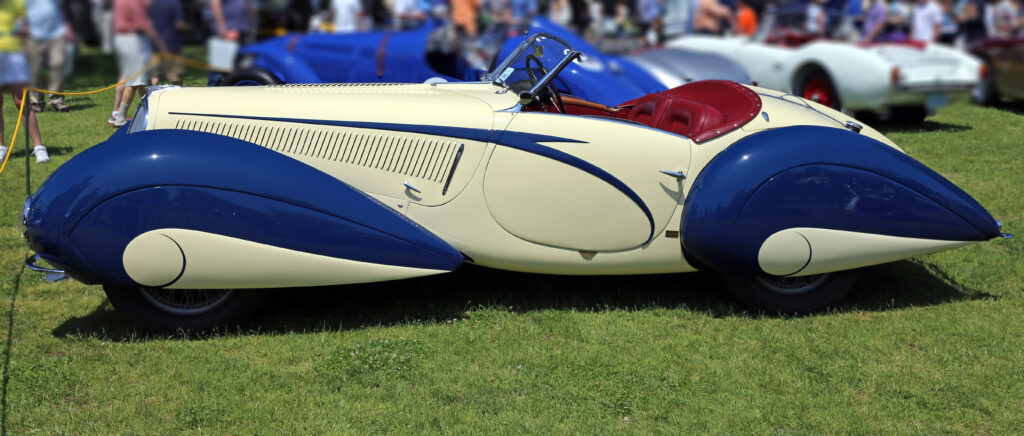
Early car designers drew inspiration from the elongated forms common in Art Nouveau, resulting in vehicles with streamlined, graceful silhouettes. These cars featured long, sweeping lines meant to convey speed and sophistication, even when stationary. The fluidity of the car’s shape, much like plants or animals in motion, gave the impression of elegance.
Use of Stained Glass
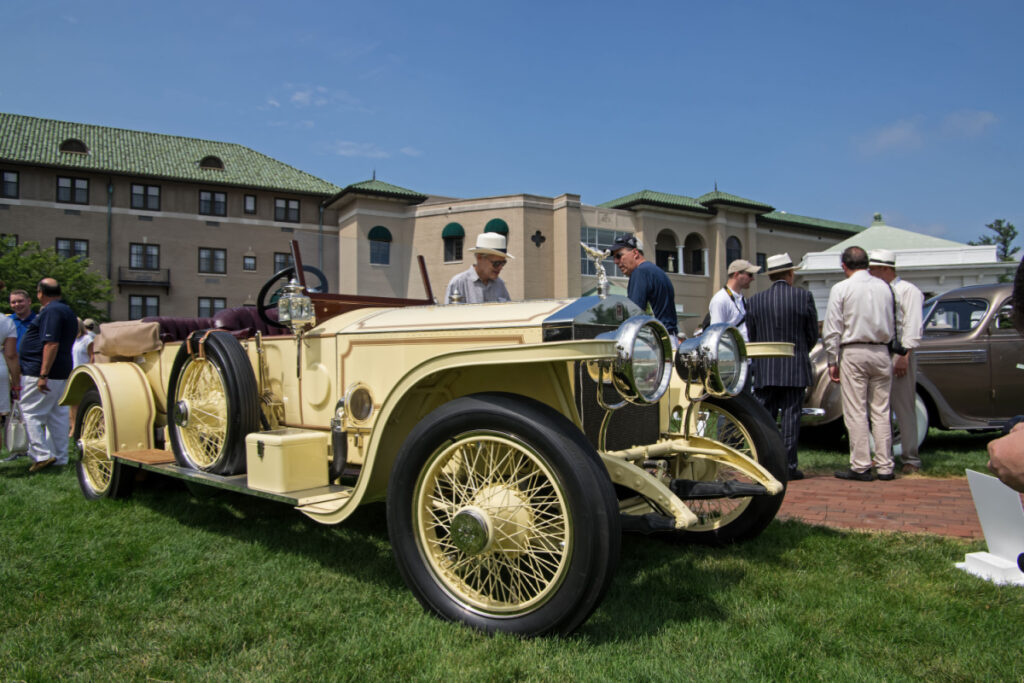
Stained glass, more commonly associated with architecture, made a brief appearance in early automotive design. Some high-end cars featured colored or stained glass in the windows and windshields, which added a decorative element. This use of color and light within the vehicle reflected Art Nouveau’s focus on beauty and craftsmanship. The stained glass wasn’t just about aesthetics; it gave the vehicle a jewel-like quality that stood out from the more utilitarian models.
Nature-Inspired Interiors
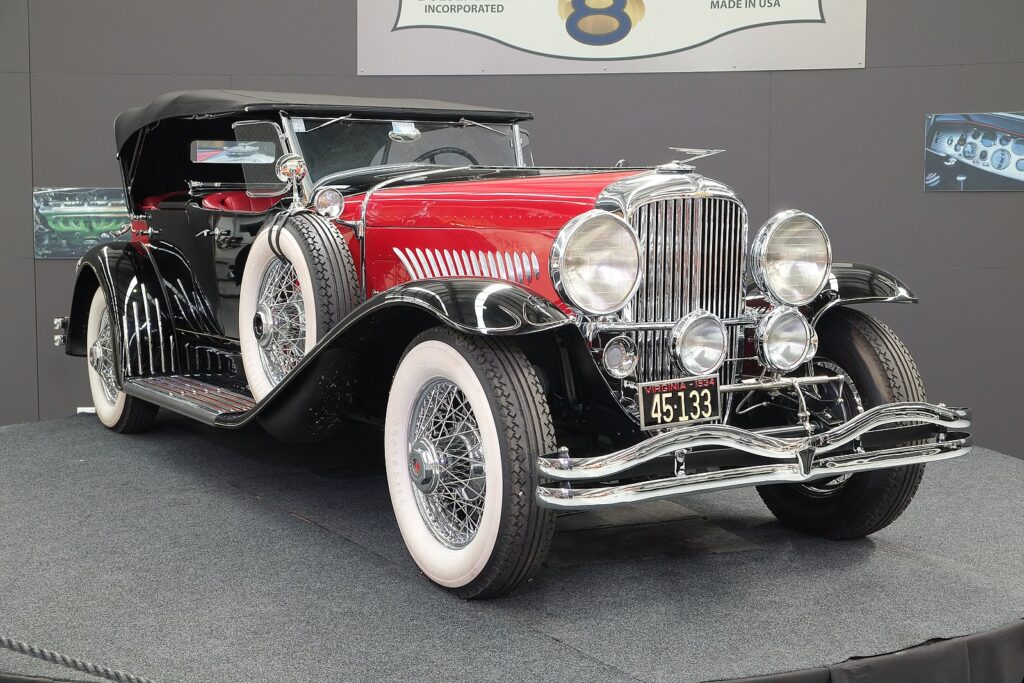
Art Nouveau’s nature-inspired themes didn’t just influence the exterior design of cars but extended to their interiors as well. Upholstery and woodwork often featured patterns of vines, leaves, and floral motifs, creating a cohesive, organic aesthetic throughout the vehicle. The intricate detailing on the dashboard, door panels, and seats elevated the car from mere transport to a luxurious, artistic experience. Designers crafted interiors that made the driving experience feel connected to the natural world.
Fluidity in Metalwork
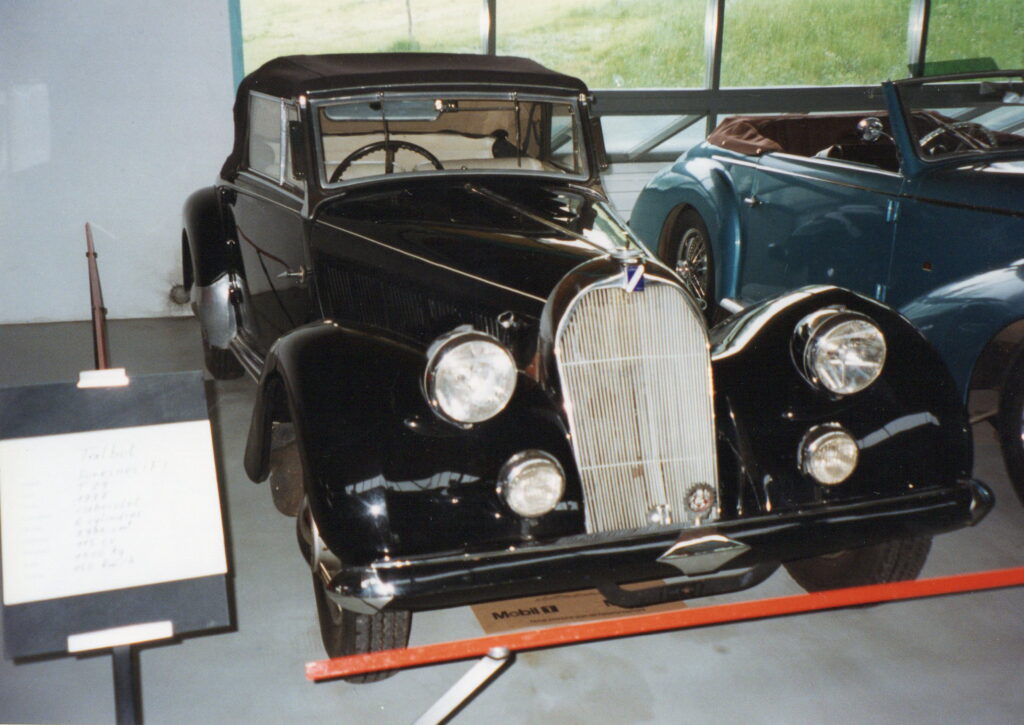
The fluidity of form so central to Art Nouveau was expressed in the metalwork of early vehicles. Car elements like fenders, bumpers, and even headlights were shaped with smooth, undulating lines, avoiding harsh mechanical edges. This gave the cars a more organic, almost sculptural quality, which contrasted sharply with the industrial designs of the time. The artistic shaping of these metal components made early cars seem less like machines and more like moving pieces of art.
Symbolism in Emblems
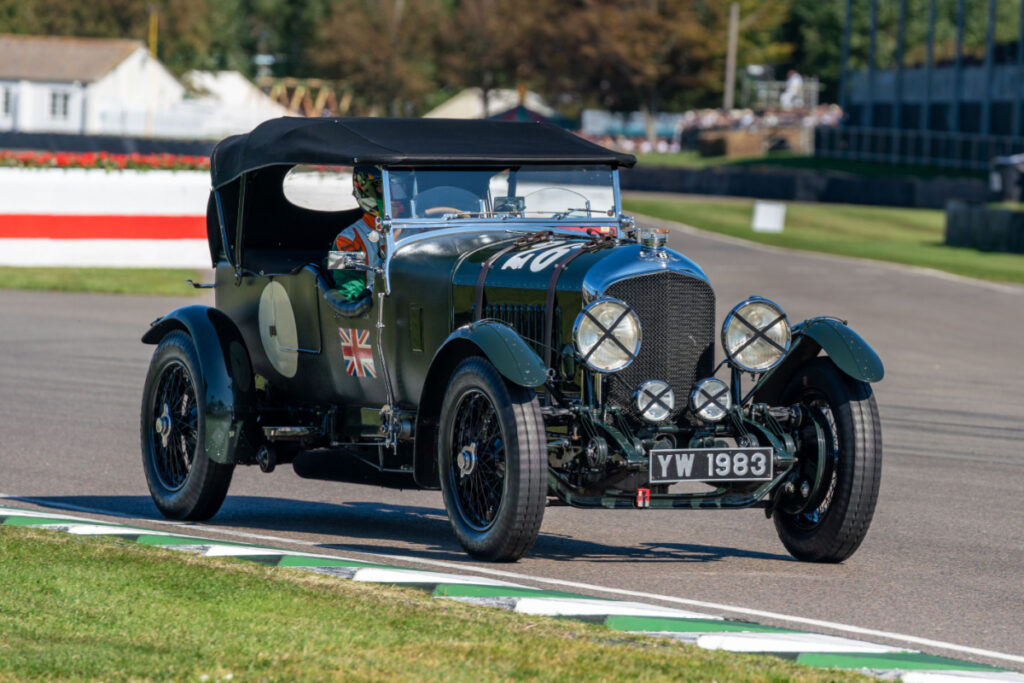
Emblems and logos on early cars often carried symbolic weight, much like the decorative elements of Art Nouveau. Car manufacturers adorned their vehicles with badges that featured mythical creatures, animals, or abstract forms, each chosen to reflect qualities like power, speed, or luxury. These designs were not only about branding; they embodied the artistry and thoughtfulness behind the vehicle’s creation. The emblem itself became a small but significant piece of art.
Stylized Headlights

Early car headlights were more than functional necessities; they became a canvas for Art Nouveau’s decorative influence. Designers encased headlights in ornate housings that featured floral or organic patterns. Some even incorporated stained glass or decorative elements within the lenses, making the lights both beautiful and unique. This attention to detail turned a utilitarian feature into a stylish, eye-catching part of the car’s design.
Use of Brass and Copper
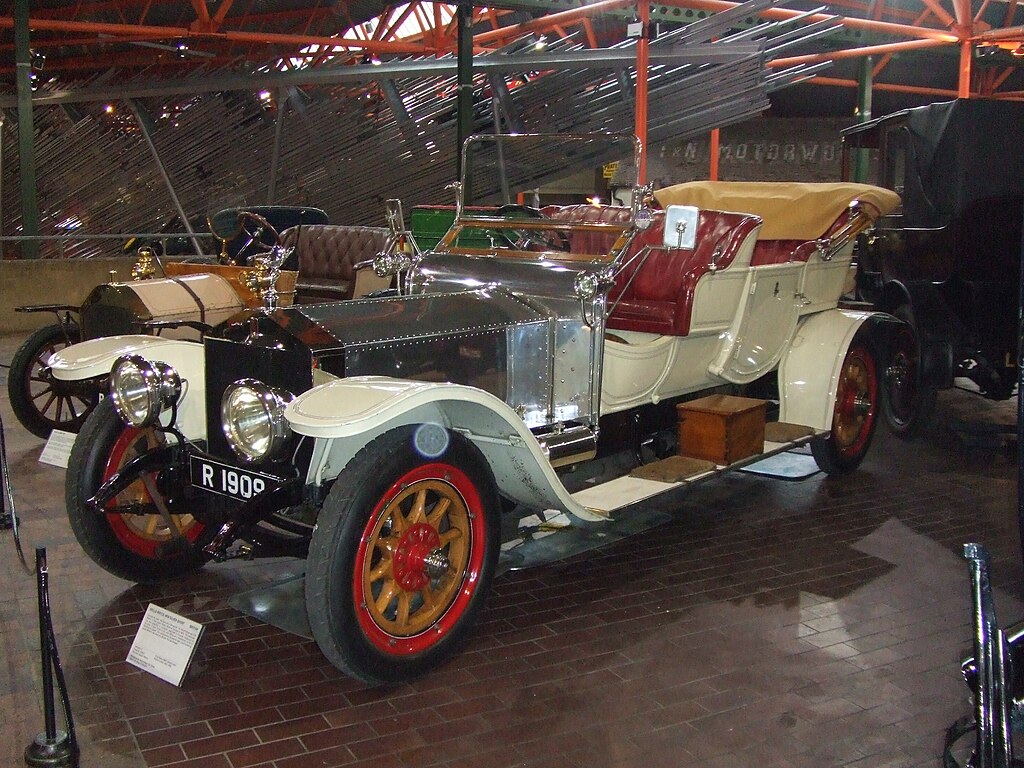
Brass and copper, materials often used in Art Nouveau decor, became popular choices for accents in early cars. Automakers used these metals for grills, trims, and detailing, which added a warm, polished look to the vehicle. These materials were chosen not only for their aesthetic appeal but also for their craftsmanship value. Their presence gave cars a distinctive, luxurious finish that reflected the Art Nouveau movement’s appreciation for high-quality materials.
Whiplash Curves
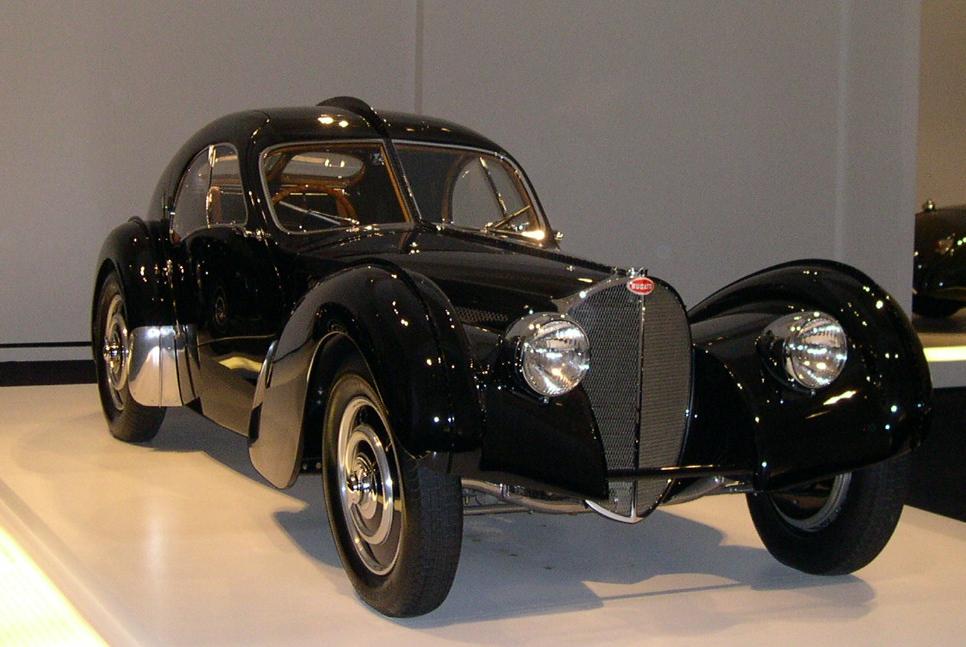
One of the most recognizable features of Art Nouveau is the “whiplash” curve, a sweeping, dramatic line that mimics the movement of a whip. This design was echoed in the exaggerated fenders and rooflines of early cars, giving them a sense of movement and elegance. The curves provided a visual flow that made vehicles appear dynamic, even when they were at a standstill. This design element created a balance between beauty and functionality.
Enamel Finishes

Enamel finishes, prized for their glossy, smooth appearance, were popular in early automotive design, influenced by Art Nouveau’s love for decorative arts. These finishes allowed manufacturers to coat vehicles in vibrant colors that made them stand out from the competition. The shiny, polished look of enamel gave the cars an air of sophistication, much like the enamel work found in jewelry or decorative objects of the period. These finishes were both protective and visually striking.
Decorative Grille Work
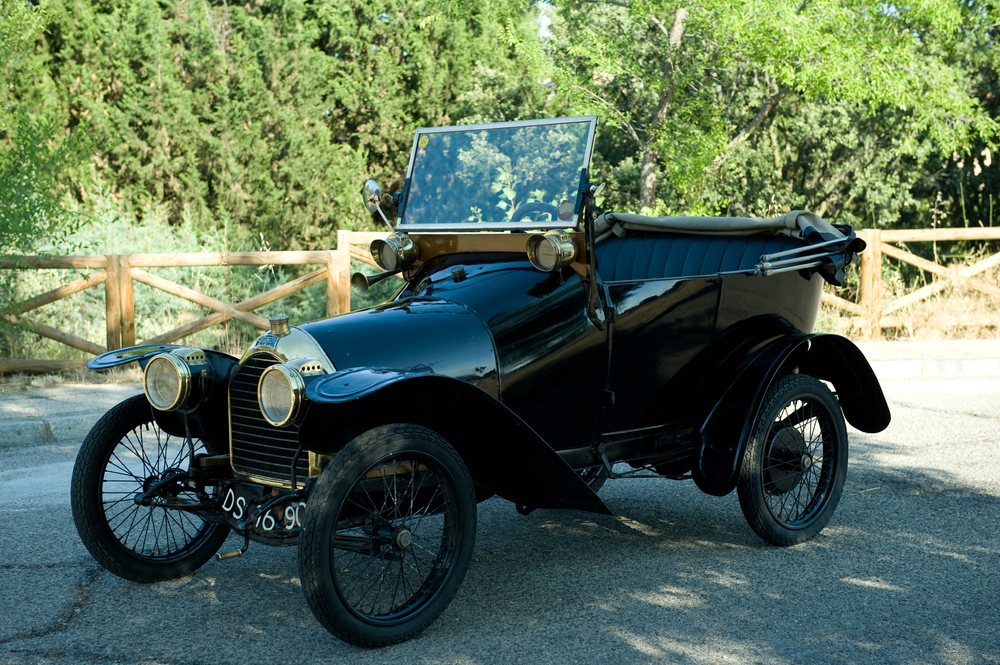
Art Nouveau’s influence on early car designs is especially evident in the decorative grille work found on many vehicles. These grilles often featured intricate, lattice-like patterns that reflected the same artistic spirit seen in ironwork or architecture of the time. The grille was not merely functional but also served as a statement piece, blending form and function seamlessly. These artistic elements added a sense of refinement to the front of the vehicle.
Wood Inlays and Marquetry
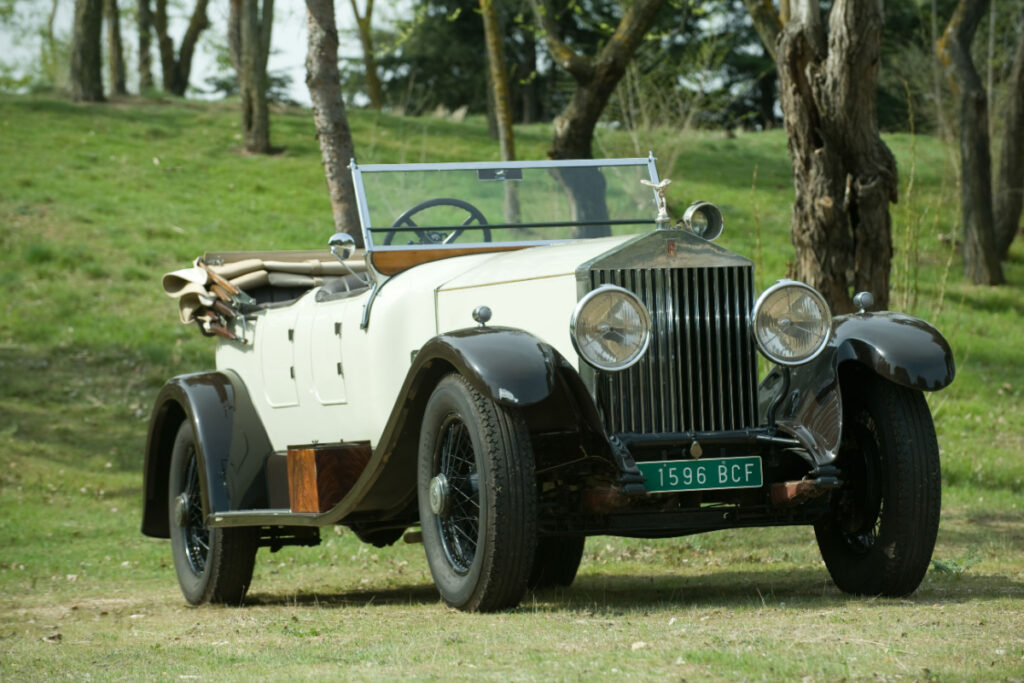
The use of wood inlays and marquetry in early car interiors reflected the craftsmanship ideals of Art Nouveau. Intricate designs were often carved into dashboards, door panels, and steering wheels, incorporating natural themes like vines or floral patterns. The detailed woodwork added a warm, artisanal touch to the vehicle, making it feel more like a piece of furniture or art.
Exotic Materials
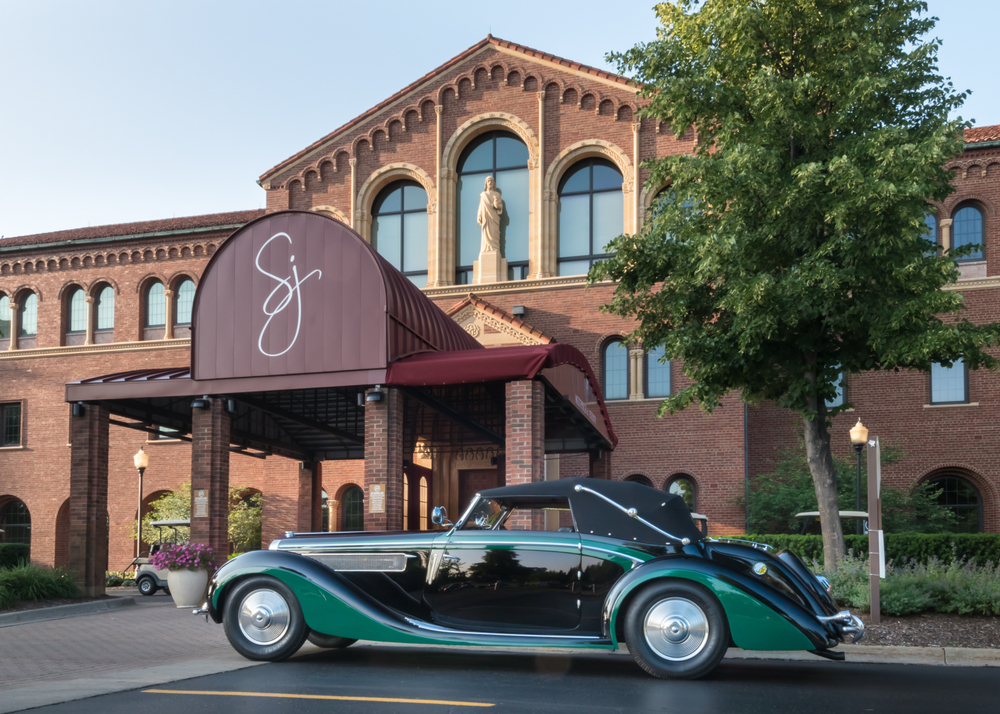
Art Nouveau’s fascination with luxurious and exotic materials found a place in early automotive design, with materials like ivory, rare woods, and mother of pearl being used in accents. These materials were often employed in steering wheels, shift knobs, and dashboard decorations. The use of such opulent materials gave cars an added layer of exclusivity and sophistication. This attention to detail made the cars not just machines but symbols of wealth and artistry.
Asymmetry in Design
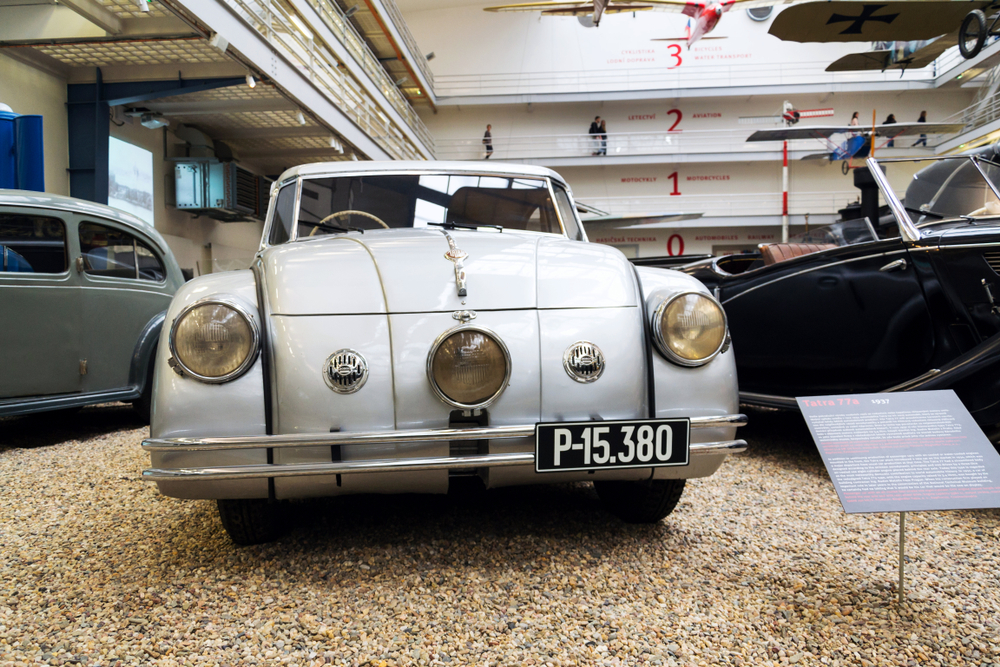
Asymmetry was a hallmark of Art Nouveau design, and it subtly influenced early automotive styling. Instead of strictly symmetrical forms, some vehicles featured design elements like off-center fenders or door placements that broke away from conventional symmetry. This gave the vehicles a more dynamic, natural feel, making them seem less machine-like and more artistic. Asymmetry added an element of surprise and creativity to car designs.
Nature-Inspired Hood Ornaments
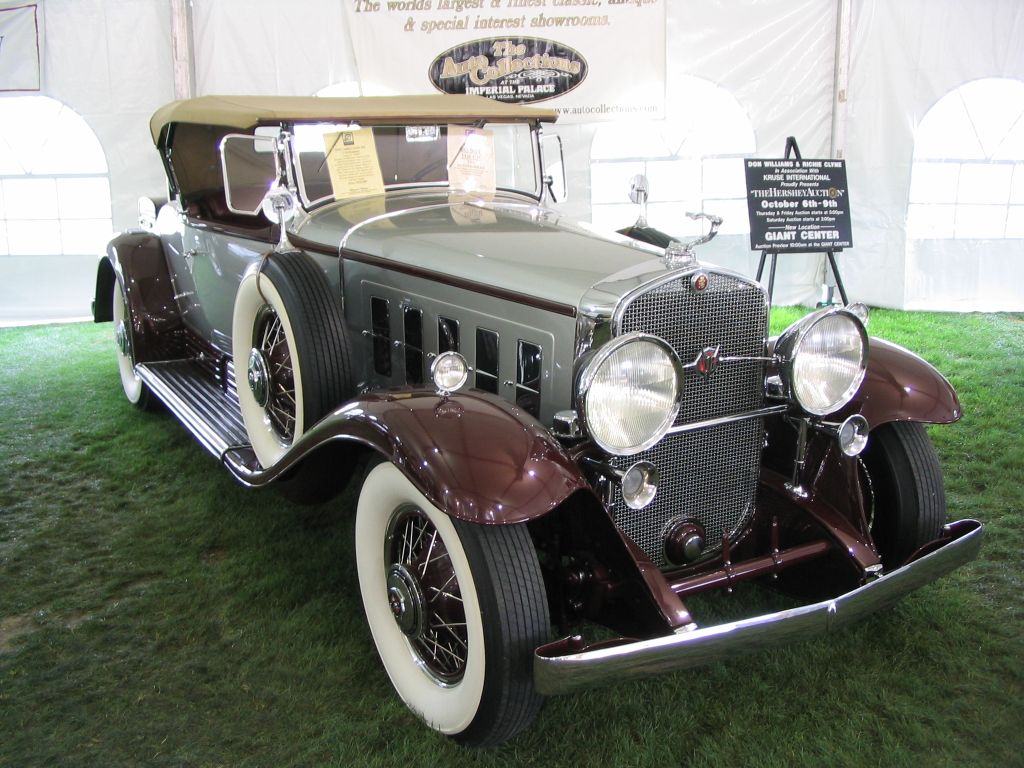
Hood ornaments, a popular feature in early automotive design, often took cues from Art Nouveau’s nature-inspired forms. These ornaments featured animals, plants, or human figures in flowing, elegant poses, symbolizing power, grace, or speed. Sculpted with great detail, these ornaments became a centerpiece of the car’s design, blending beauty with utility. Their intricate designs were often a testament to the craftsmanship and artistic vision of the period.
Decorative Mirrors
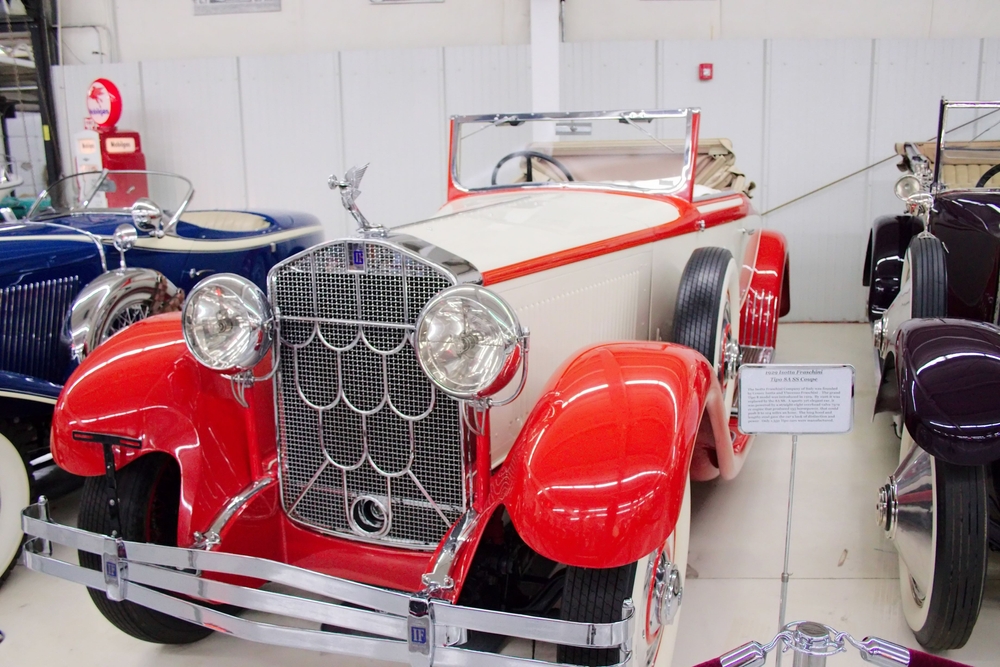
Even functional elements like mirrors were influenced by Art Nouveau’s decorative tendencies. Side mirrors and rearview mirrors were framed with ornamental metalwork that featured flowing lines and floral motifs. These artistic frames turned a simple feature into a stylish accessory, demonstrating the movement’s emphasis on beauty in every aspect of design. Such attention to detail made even the smallest elements of the car feel luxurious and thoughtfully crafted.
Emphasis on Luxury and Beauty

At its core, Art Nouveau was about elevating everyday objects into beautiful, luxurious creations, and early automotive design embodied this philosophy. Cars became more than just functional machines; they were status symbols, designed to showcase both wealth and taste. Early manufacturers like Duesenberg and Hispano-Suiza embraced this artistic approach, crafting cars that were as visually stunning as they were mechanically advanced.
This article originally appeared in MyCarMakesNoise.
More from MyCarMakesNoise
8 Rare Classic Buses That Are Worth a Fortune

When it comes to classic vehicles, buses often fly under the radar, yet some of these rare models are worth a small fortune today. From vintage double-deckers to sleek mid-century coaches, these buses not only hold historical significance but also carry substantial value. Read More.
17 Lesser-Known Performance Cars with Impressive Specs
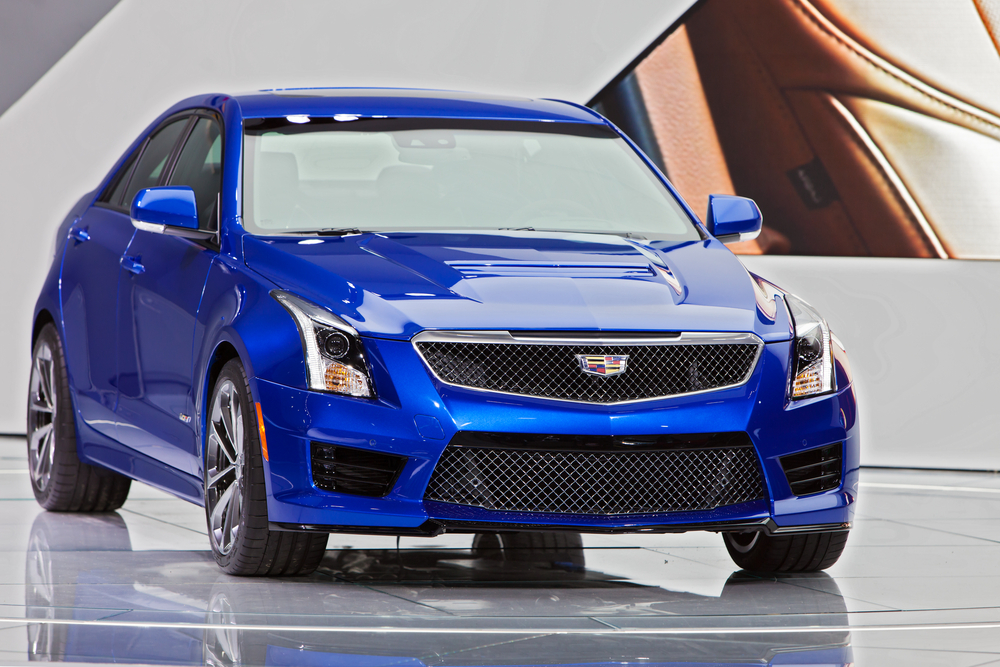
Performance cars often capture the imagination with their speed, power, and sleek designs. While iconic models like the Porsche 911 and Ferrari F8 steal the spotlight, many lesser-known performance cars offer equally impressive specs. Read More.
21 Kawasaki Motorcycles Built for Speed and Seasoned Riders

Kawasaki motorcycles are known for their incredible speed and performance, making them a top choice for seasoned riders. These bikes combine cutting-edge technology with powerful engines to deliver an exhilarating riding experience. Read More.

